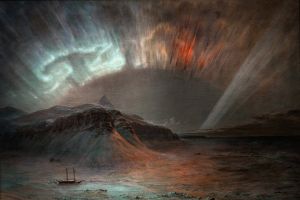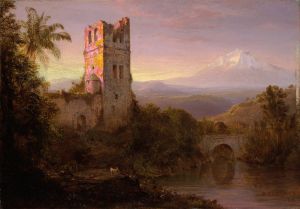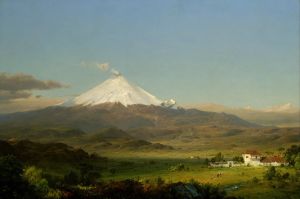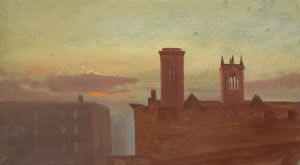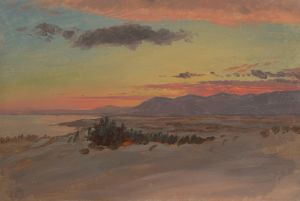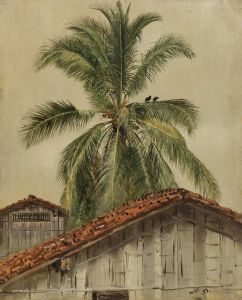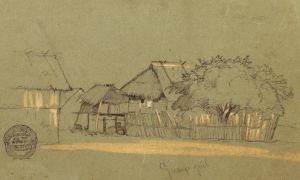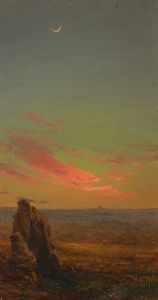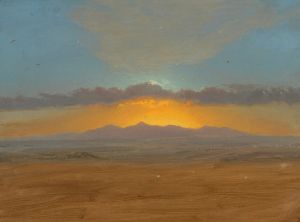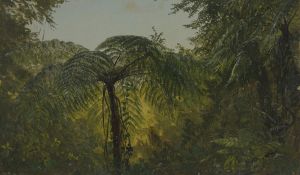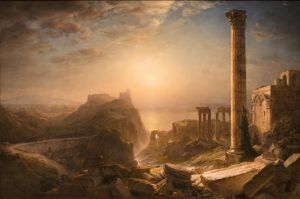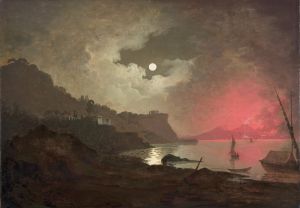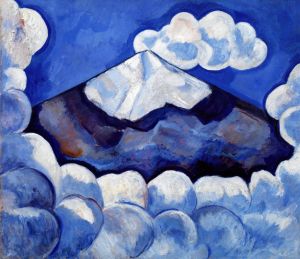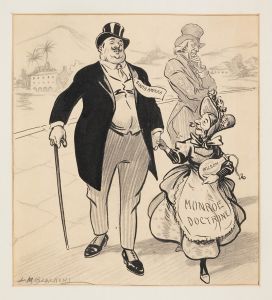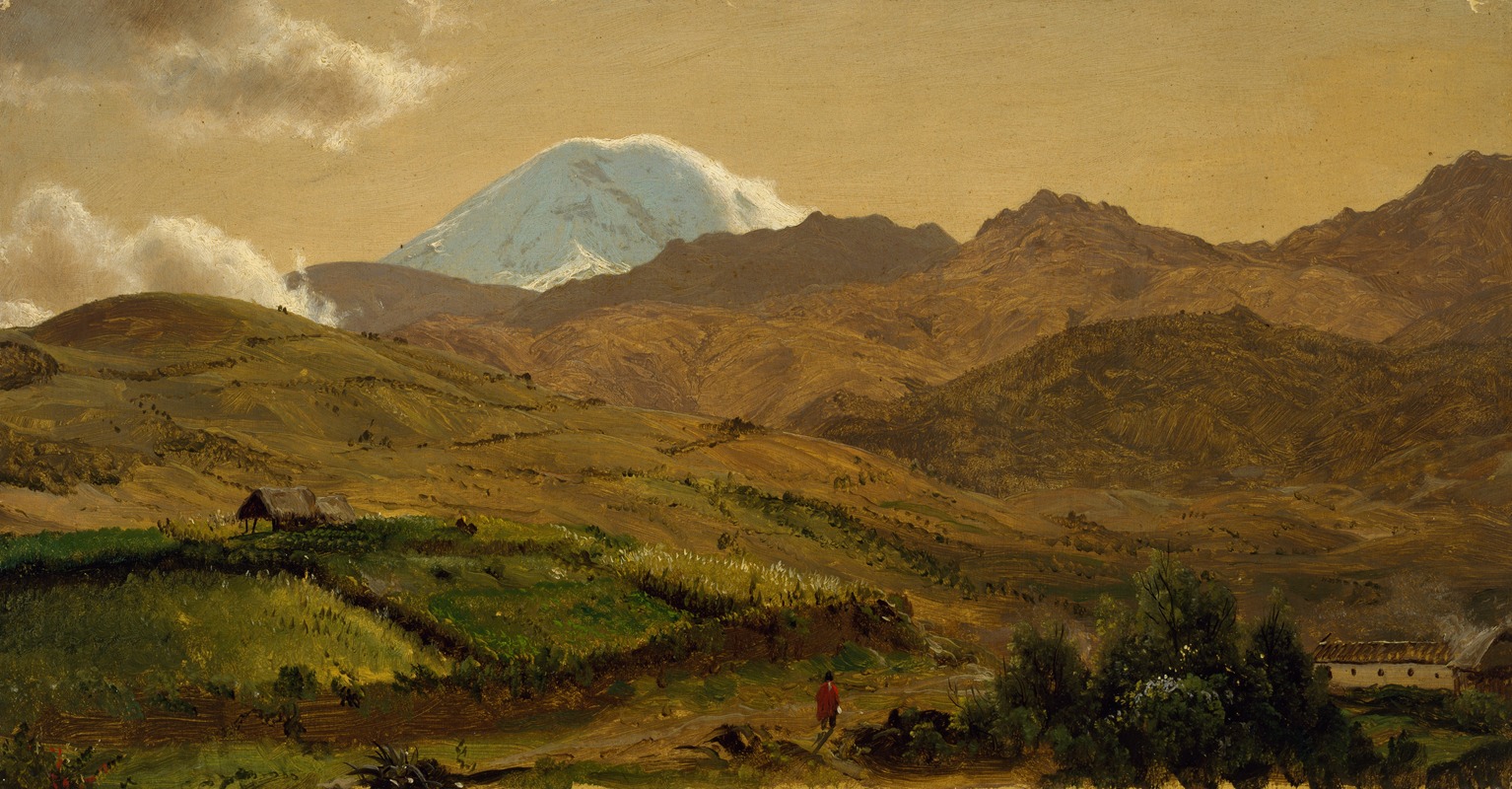
Mount Chimborazo, Ecuador
A hand-painted replica of Frederic Edwin Church’s masterpiece Mount Chimborazo, Ecuador, meticulously crafted by professional artists to capture the true essence of the original. Each piece is created with museum-quality canvas and rare mineral pigments, carefully painted by experienced artists with delicate brushstrokes and rich, layered colors to perfectly recreate the texture of the original artwork. Unlike machine-printed reproductions, this hand-painted version brings the painting to life, infused with the artist’s emotions and skill in every stroke. Whether for personal collection or home decoration, it instantly elevates the artistic atmosphere of any space.
Frederic Edwin Church's Mount Chimborazo, Ecuador is a painting created by the prominent 19th-century American landscape artist, Frederic Edwin Church. Church was a central figure in the Hudson River School, a movement known for its detailed and romantic depictions of nature, often emphasizing the sublime and spiritual qualities of the natural world. This particular work reflects Church's fascination with South American landscapes, inspired by the writings and explorations of the German naturalist Alexander von Humboldt.
The painting depicts Mount Chimborazo, a stratovolcano in Ecuador that was once believed to be the highest mountain in the world. Church traveled to South America in 1853 and 1857, following Humboldt's descriptions of the region in his influential book Personal Narrative of Travels to the Equinoctial Regions of the New Continent. These journeys provided Church with firsthand experience of the dramatic Andean landscapes, which he later translated into his art.
In Mount Chimborazo, Ecuador, Church captures the grandeur and diversity of the South American environment. The composition typically includes a sweeping view of the mountain, often framed by lush vegetation and other natural elements that highlight the contrast between the tropical foreground and the snow-capped peak. Church's meticulous attention to detail and use of light and color create a sense of awe and reverence for the natural world. His works often aimed to evoke both scientific curiosity and spiritual reflection, aligning with the transcendentalist ideals of the time.
While specific details about the creation date and current location of Mount Chimborazo, Ecuador are not always clear, Church's South American paintings, including this one, were highly celebrated during his lifetime. They were exhibited widely and contributed to his reputation as one of the leading landscape painters of his era. These works also reflected the growing interest in exotic and remote parts of the world among 19th-century audiences.
Church's depictions of Mount Chimborazo and other South American scenes remain significant for their artistic and historical value. They provide insight into the intersection of art, science, and exploration during the 19th century, as well as the ways in which artists like Church sought to capture the majesty of the natural world.





